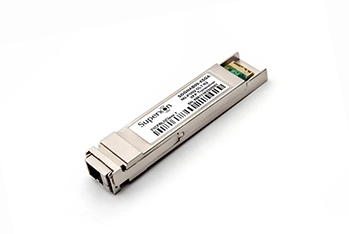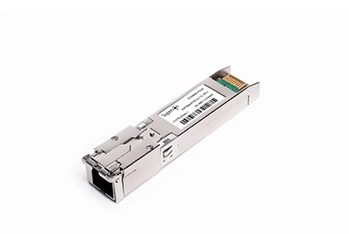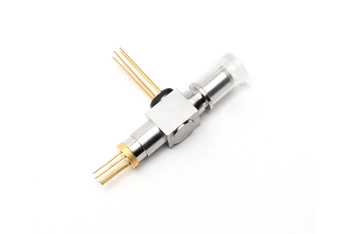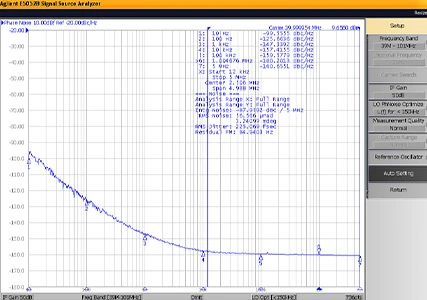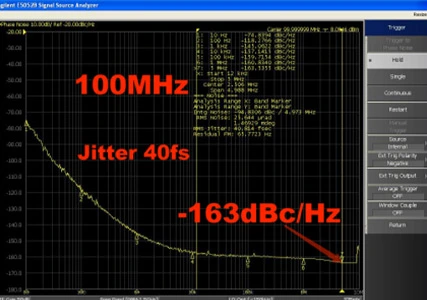Short-term stability of a crystal oscillator is a measure of the oscillator’s frequency variation over a short period of time. It is typically measured for 1 to 10 seconds and is primarily caused by noise from electronic components in the oscillator circuits.
The short-term stability can be measured by four main parameters: Allan variance (the most common one specified in oscillator data sheets), phase noise, spectral density of phase deviations, and the spectral density of fractional frequency deviations. Most manufacturers specify the oscillator's short-term stability in terms of Allan variance.
Allan variance is a statistical tool (also known as a two-sample variance) and is the most commonly used time-domain measure of frequency stability (short-term stability) in oscillators, clocks, and amplifiers. This technique is a unitless measure of frequency stability, and it can be used to quantify the short-term stability of crystal oscillators. In crystal oscillator datasheets, the short-term stability is specified as a number (for instance 5 x 10-11 – called Allan variance). A low value of Allan variance indicates good stability over the measured period (i.e., it has negligible short-time frequency variation) over a measured period (typically 1 sec).
With the rapid development of science and technology, high quality signal source is needed as carrier of increasingly complex baseband information in communication, radar and high-speed data transmission systems. Because a carrier signal with parasitic amplitude modulation and phase modulation (unclean signal) is modulated by the baseband signal containing information, these spectral components that should not exist in the ideal state (parasitic modulation in the carrier) will cause the transmitted signal quality and digital error rate significantly worse. Therefore, as the carrier of the transmitted signal, the cleanliness of the carrier signal (spectrum purity) has a direct impact on the quality of communication. For sine waves, it is usually necessary to provide indicators such as harmonics, noise, and output power.
If you facing a problem in short-term stability, we suggest you:
1. Choose the crystal oscillator products of quality crystal oscillator manufacturers to eliminate the hidden danger of crystal oscillator frequency instability caused by unqualified crystal oscillator itself from the root, such as the crystal oscillator frequency instability caused by substandard electrical parameters such as DLD2, SPDB, R, C0.
2. If it is a passive crystal oscillator scheme, it is recommended to measure the crystal oscillator output frequency after the circuit board is powered on to confirm whether the crystal oscillator frequency deviation occurs. If frequency bias occurs, it is recommended to adjust the external capacitance of the crystal oscillator to make the frequency as close as possible to the nominal frequency, that is, the center point of the crystal frequency.
3, confirm that the quality of the external capacitor is qualified, if the capacity is unstable, it will also cause the crystal frequency to be unstable.
4. If the circuit board is more complex and the crystal oscillator line is too long, it is susceptible to stray signal interference and frequency bias, it is recommended that the crystal oscillator line be as short as possible and as close to the IC as possible.
5, if the crystal vibration interference can not be eliminated, it is recommended to try the active crystal vibration solution.
6, if the active crystal frequency is unstable, although this is rare, it is recommended to check the power supply to ensure that it is stable to supply power to the crystal, the voltage input range please strictly refer to the crystal specification.
7. It is recommended to pay attention to the indicator of the operating temperature condition of the crystal oscillator to ensure that the crystal oscillator works within the rated temperature range. If the temperature range is exceeded, the conventional crystal frequency offset will increase, it is recommended to choose wide temperature crystal vibration.
8, if the device boot is not normal, and the measured crystal frequency is normal, you can try to increase the reset IC.
This is the first one.
 English
English français
français Deutsch
Deutsch Español
Español русский
русский


